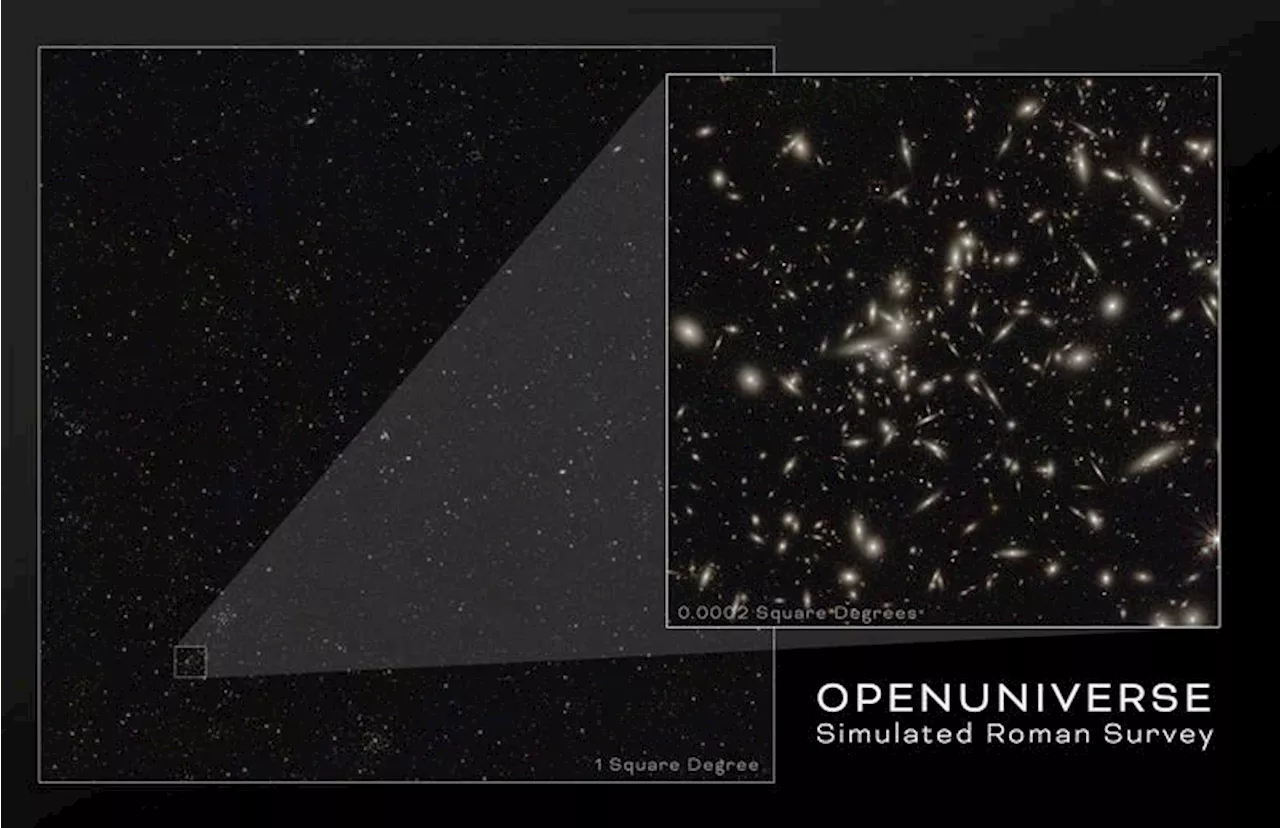A team of astronomers has released over a million simulated images of the cosmos, showcasing what NASA's upcoming Nancy Grace Roman Space Telescope will see. This preview allows scientists to explore Roman's scientific goals, including studying dark matter, galaxy evolution, and transient events like supernovae.
Astronomers have released a groundbreaking set of over a million simulated images depicting the cosmos as seen by NASA's upcoming Nancy Grace Roman Space Telescope . This preview serves as a valuable tool for scientists to explore Roman's diverse scientific objectives. The project, named OpenUniverse, leveraged the immense processing power of the now-retired Theta supercomputer at the Department of Energy's Argonne National Laboratory.
This supercomputer, capable of performing calculations exponentially faster than a typical computer, completed a process that would have taken over 6,000 years in just nine days.The simulated universe, spanning 70 square degrees, is equivalent to the area covered by more than 300 full moons. It encompasses a vast expanse of time, tracing billions of years of cosmic evolution. Each tiny dot in these images represents a simulated galaxy, highlighting the remarkable detail and scale of the OpenUniverse project. The simulations provide a glimpse into the future observations that Roman will make, surpassing even the Hubble Space Telescope's COSMOS survey in terms of area and resolution.Roman's observations, enabled by this simulation, will delve deep into the universe's mysteries. Scientists can study how dark matter, an invisible substance influencing visible matter through gravity, shapes the cosmos and its future. By observing the gravitational effects of dark matter on visible matter, they aim to gain a better understanding of this elusive entity. Additionally, the simulations allow for the exploration of galaxy evolution over billions of years, revealing how galaxies and clusters formed and transformed.OpenUniverse also simulates dynamic events like supernovae, highlighting the constantly changing nature of the universe. The video showcases these exploding stars, magnified for visibility, appearing and fading over time, mimicking Roman's future observations. This dynamic visualization underscores the telescope's potential to capture transient phenomena. Scientists are now using OpenUniverse data to develop an alert system, notifying astronomers when Roman detects such events, enabling rapid follow-up observations
Astronomy Science Nancy Grace Roman Space Telescope Openuniverse Dark Matter Galaxy Evolution Supernovae Simulated Images Space Exploration Astronomy Science
United States Latest News, United States Headlines
Similar News:You can also read news stories similar to this one that we have collected from other news sources.
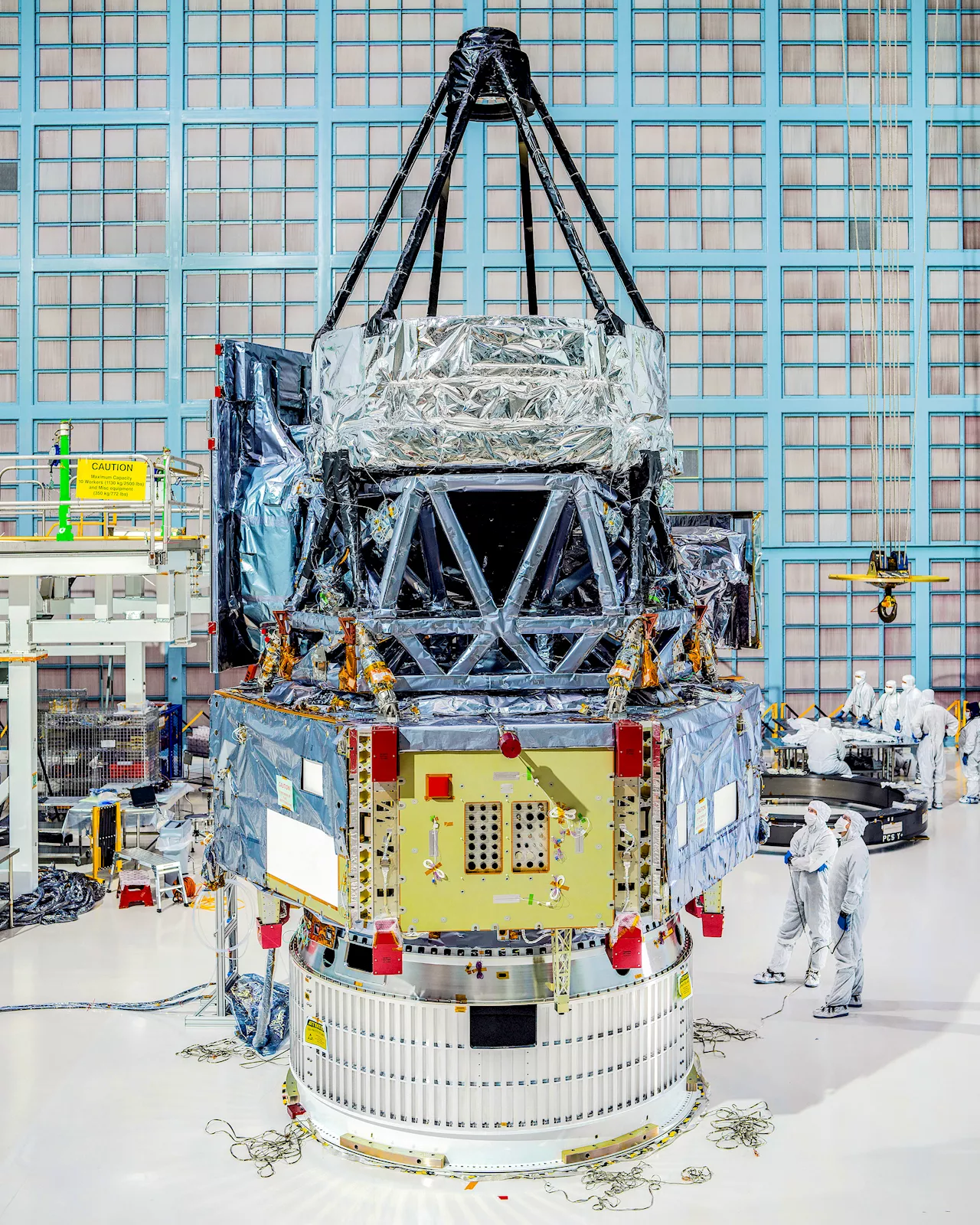 NASA Joins Telescope, Instruments to Roman SpacecraftTechnicians have successfully integrated NASA’s Nancy Grace Roman Space Telescope’s payload – the telescope, instrument carrier, and two instruments – to the
NASA Joins Telescope, Instruments to Roman SpacecraftTechnicians have successfully integrated NASA’s Nancy Grace Roman Space Telescope’s payload – the telescope, instrument carrier, and two instruments – to the
Read more »
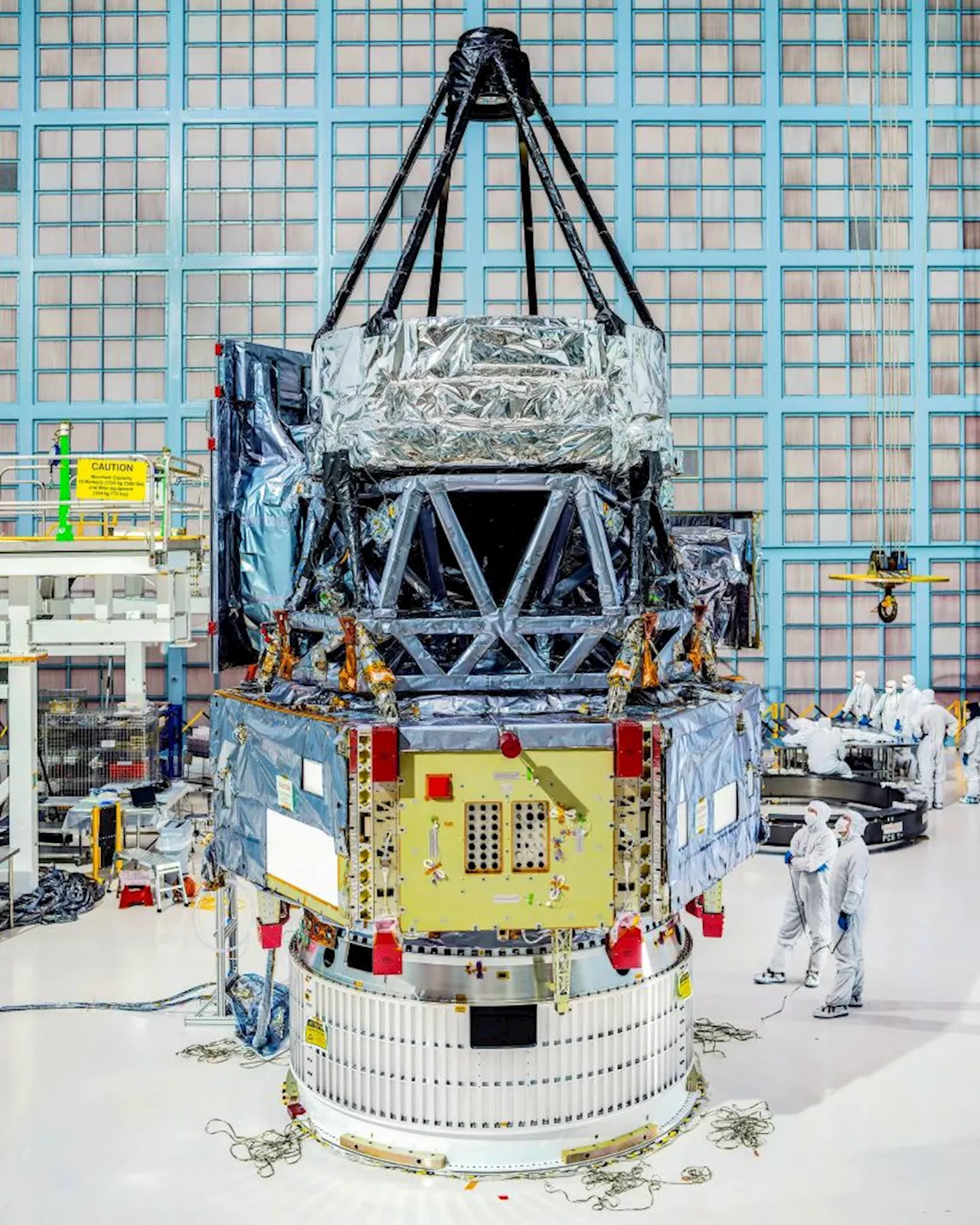 Nancy Grace Roman Space Telescope Integrated With PayloadThe Nancy Grace Roman Space Telescope, NASA's upcoming space observatory, has successfully integrated its payload, consisting of the telescope, instrument carrier, and two scientific instruments. The telescope is now scheduled for testing and is on track for a launch in 2027.
Nancy Grace Roman Space Telescope Integrated With PayloadThe Nancy Grace Roman Space Telescope, NASA's upcoming space observatory, has successfully integrated its payload, consisting of the telescope, instrument carrier, and two scientific instruments. The telescope is now scheduled for testing and is on track for a launch in 2027.
Read more »
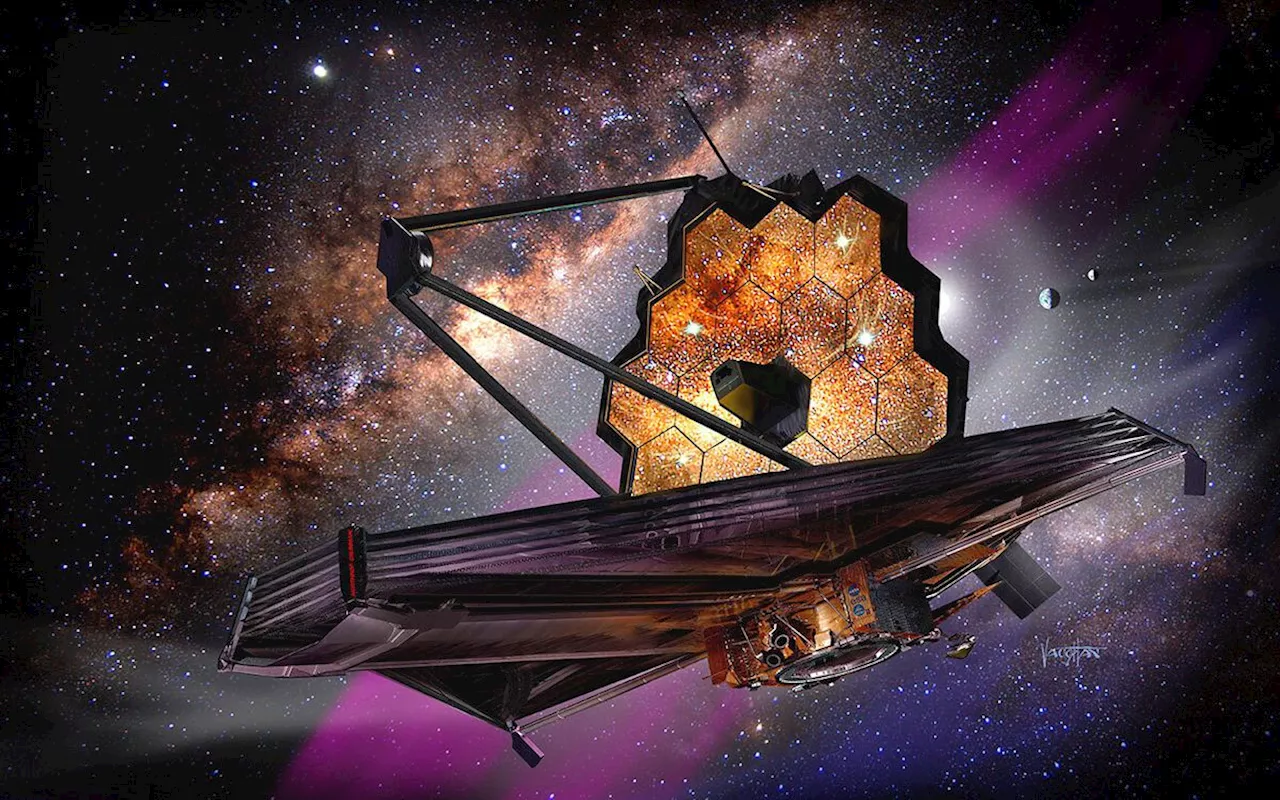 James Webb Space Telescope quiz: How well do you know the world's most powerful telescope?Ian is a freelance science and technology writer, and formerly the Tech and Entertainment Editor at Live Science & Space.com. With a degree in biology, a PhD in chemistry, and his previous role at Institute of Physics Publishing, Ian is taking a world tour through the different scientific disciplines.
James Webb Space Telescope quiz: How well do you know the world's most powerful telescope?Ian is a freelance science and technology writer, and formerly the Tech and Entertainment Editor at Live Science & Space.com. With a degree in biology, a PhD in chemistry, and his previous role at Institute of Physics Publishing, Ian is taking a world tour through the different scientific disciplines.
Read more »
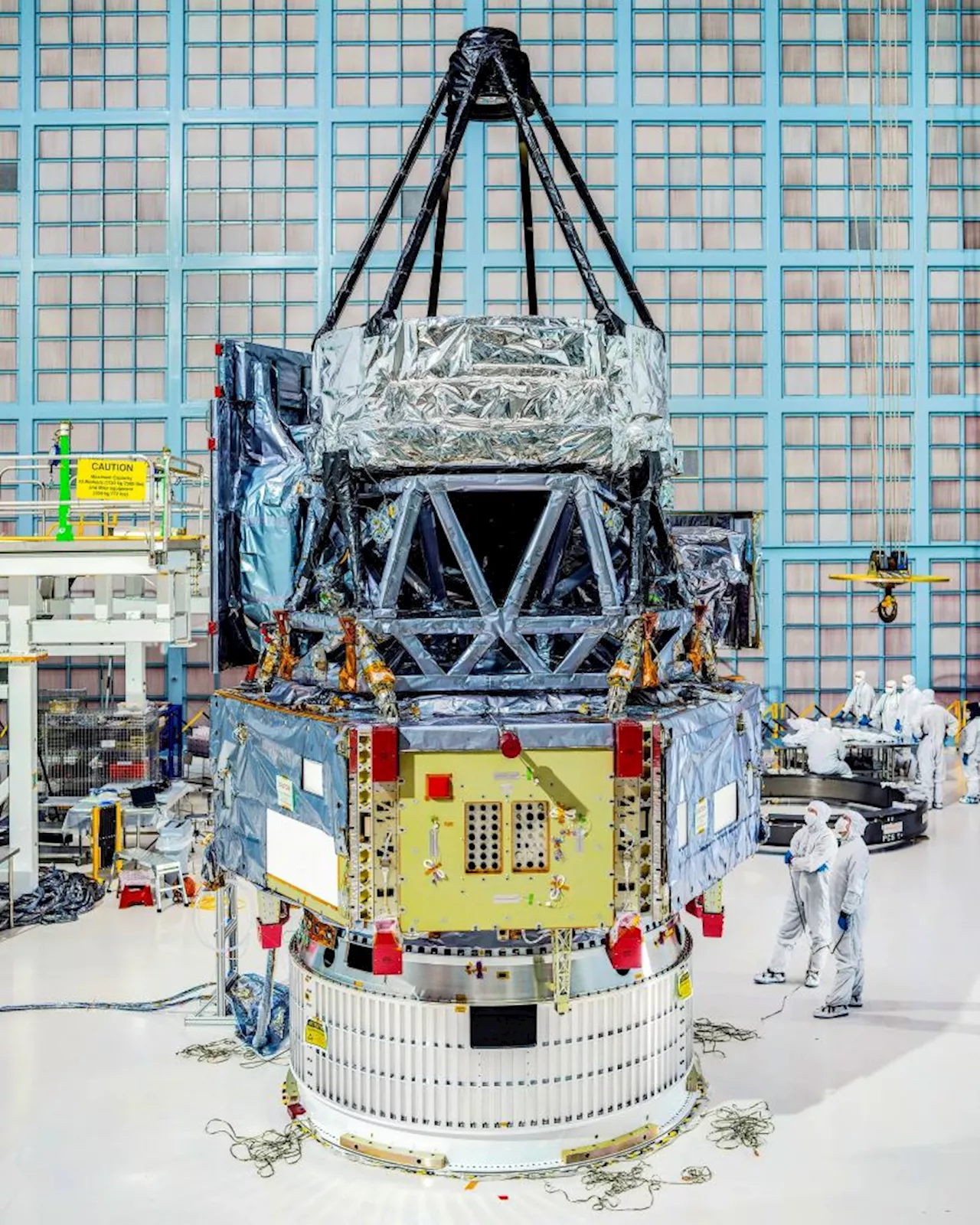 Nancy Grace Roman Telescope Nears Launch After Successful Payload IntegrationNASA's Nancy Grace Roman Space Telescope is one step closer to its 2027 launch after technicians successfully integrated the telescope, instrument carrier, and two instruments.
Nancy Grace Roman Telescope Nears Launch After Successful Payload IntegrationNASA's Nancy Grace Roman Space Telescope is one step closer to its 2027 launch after technicians successfully integrated the telescope, instrument carrier, and two instruments.
Read more »
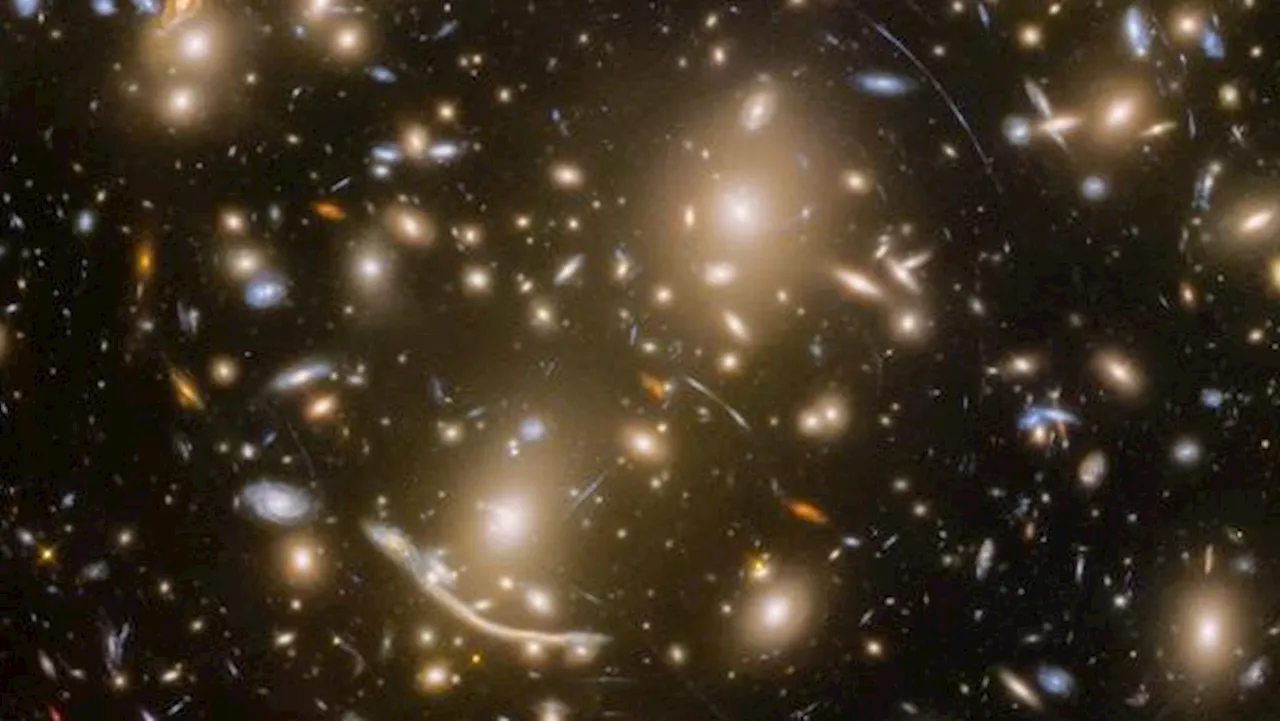 James Webb Space Telescope spots record-breaking collection of stars in far-flung galaxySharmila Kuthunur is a Seattle-based science journalist covering astronomy, astrophysics and space exploration. Follow her on X skuthunur.
James Webb Space Telescope spots record-breaking collection of stars in far-flung galaxySharmila Kuthunur is a Seattle-based science journalist covering astronomy, astrophysics and space exploration. Follow her on X skuthunur.
Read more »
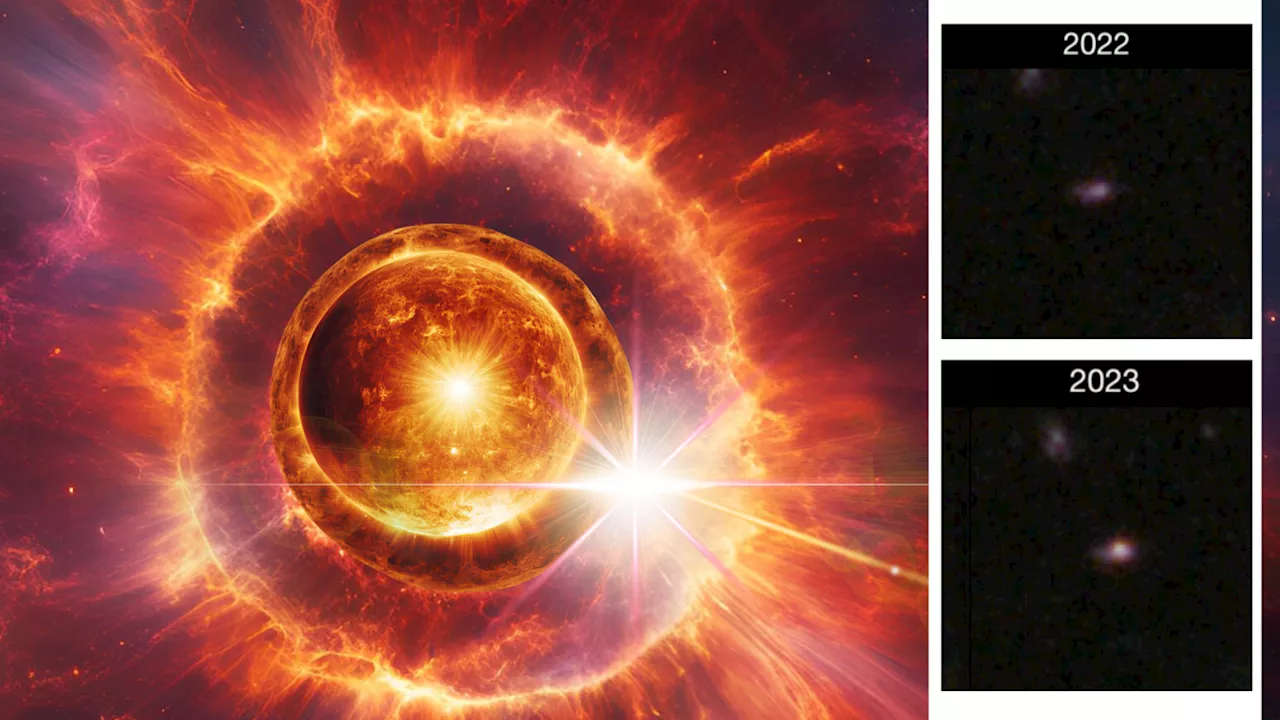 James Webb Space Telescope discovers one of the earliest 'truly gargantuan' supernovas ever seenRobert Lea is a science journalist in the U.K. whose articles have been published in Physics World, New Scientist, Astronomy Magazine, All About Space, Newsweek and ZME Science. He also writes about science communication for Elsevier and the European Journal of Physics. Rob holds a bachelor of science degree in physics and astronomy from the U.K.
James Webb Space Telescope discovers one of the earliest 'truly gargantuan' supernovas ever seenRobert Lea is a science journalist in the U.K. whose articles have been published in Physics World, New Scientist, Astronomy Magazine, All About Space, Newsweek and ZME Science. He also writes about science communication for Elsevier and the European Journal of Physics. Rob holds a bachelor of science degree in physics and astronomy from the U.K.
Read more »
